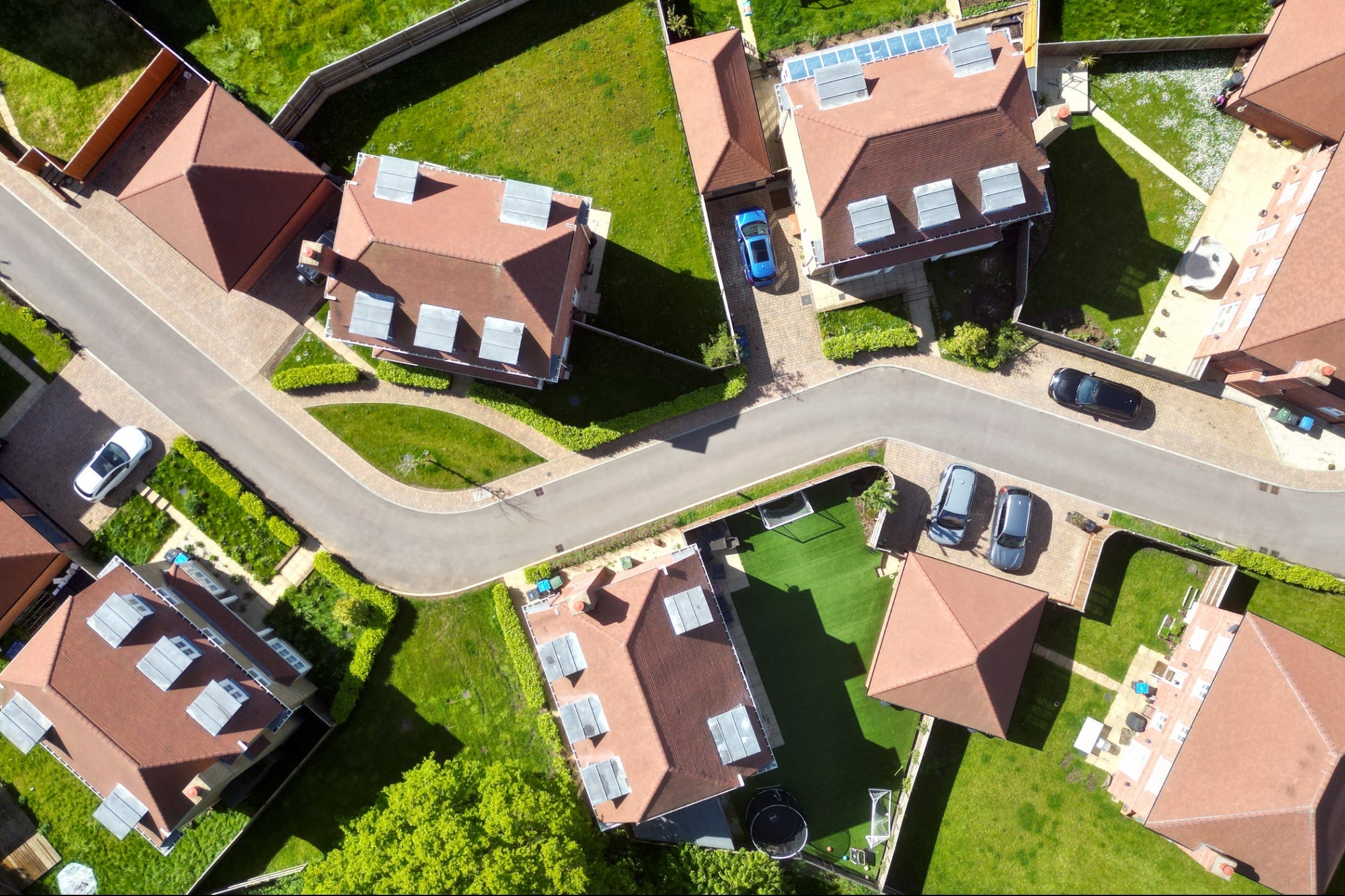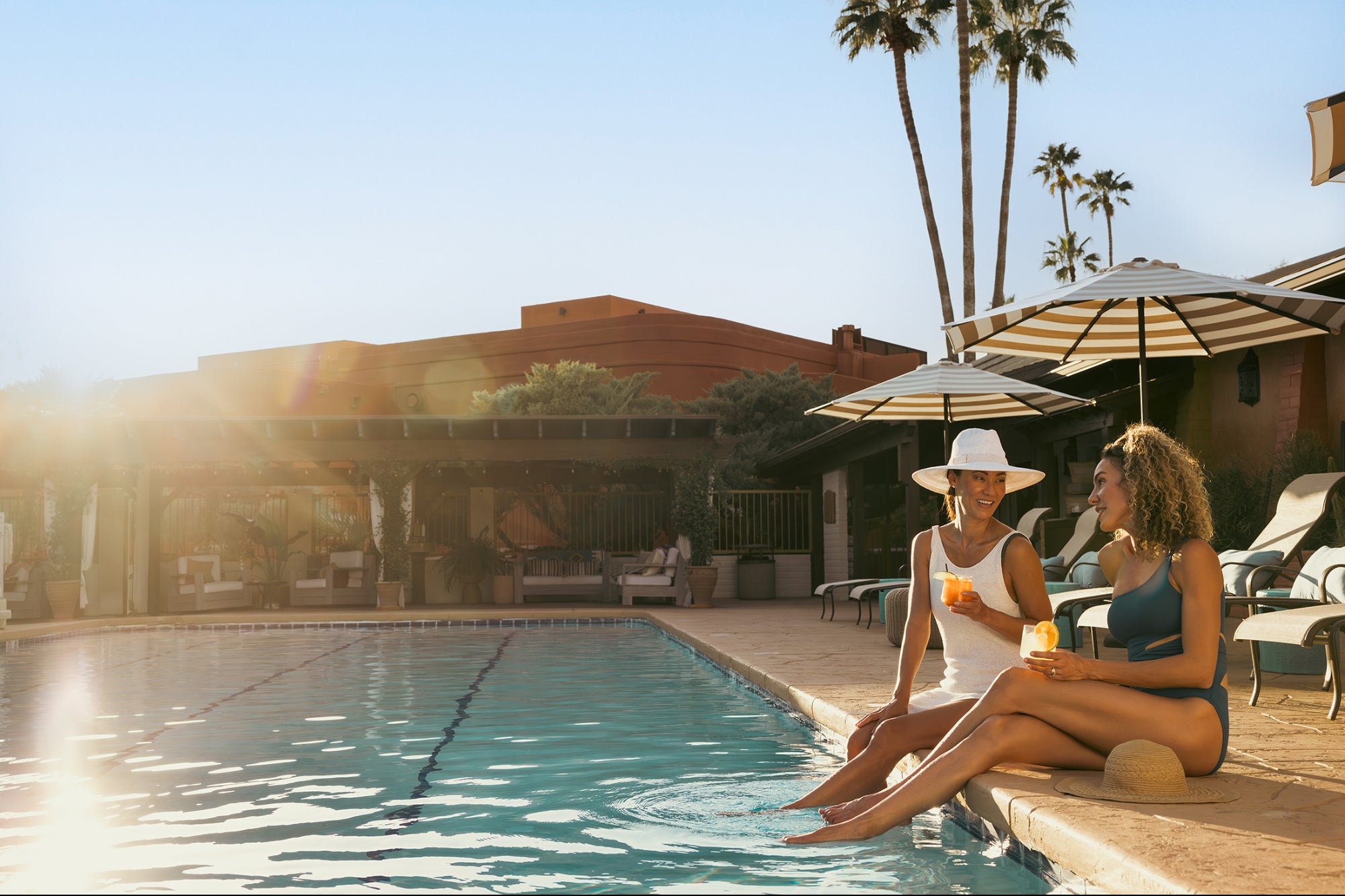Opinions expressed by Entrepreneur contributors are their own.
“It’s all about location, location, location” is the old but humorous business adage about the importance of where property is located and how that affects its valuation. This is a phrase that is ubiquitous among real estate vendors and agents worldwide.
But location aside, there is another consideration for entrepreneurs in this market that could also change the game. A new trend sheds light on a brand new factor that is driving rapid market growth: Does your property have a wellness concept?
And by this, we are not only talking about whether enough natural light comes in through your French doors. Today, there are wellness-oriented buildings that boast everything from hydroponic herb gardens on private terraces to vitamin drips, vibrational healing and acupuncture and yoga classes being offered in situ. These are projected to sell extremely well, too.
The concept of wellness is not at all new to the real estate world, since we have seen hotels and spas emerge since time immemorial. In fact, according to the Financial Times, the wellness trend used to be regarded as “woo woo” in the past. Today, it is no laughing matter, as more and more high end private residences are built with hotel-style concierge services and amenities in major cities and even countryside spots across the world.
Since my entry into entrepreneurship in 2003, I have been following this trend closely, when it was just at its infancy. This is why I want to share the top five things real estate entrepreneurs need to know about this trend to stay well ahead of the curve.
Related: The Wellness Industry Is Now Richer Than Big Pharma and Sports
1. A growth trajectory with “uninterrupted momentum”
The numbers speak for themselves. The Global Wellness Institute recently released a report that projected that wellness real estate as a global sector could be worth $913 billion by the end of 2028, and that’s close enough to a trillion-dollar valuation. This projection was extrapolated from its most recent growth spurt, doubling from $225 billion in 2019 to $438 billion in 2024.
According to the Global Wellness Institute, the wellness real estate sector has seen “uninterrupted momentum before, during and after the pandemic,” boasting an 18% annual growth rate since 2019.
2. Wellness real estate parallels longevity trends
What’s more interesting is when we see that the wellness real estate boom seems to run in parallel with the wider human longevity revolution, a phenomenon where an ageing global consumer population is more focused on living a longer, healthier life, where wellness becomes a priority in making major life decisions and purchases, instead of it being an afterthought.
This longevity trend is opening up market opportunities valued at roughly $8 trillion by 2030, according to a report by UBS. I encourage entrepreneurs to monitor both wellness real estate trends and longevity trends and see how they correlate with one another.
3. The U.S. dominates the market, with Asia Pacific and Europe performing as strong competitors
According to the Global Wellness Institute, the market is heavily concentrated in North America, which holds 44% of the total market share. Together with Asia-Pacific and Europe, these three regions represent 99% of the global wellness real estate sector. Asia-Pacific in particular is really interesting for entrepreneurs, since wellness real estate growth has overtaken growth in their respective construction sectors in countries such as Australia, China, Japan and India. This trend has been continuing since 2019 across all these regions, by “a factor of 3-4 times or more” according to the report.
4. Wellness is offered for a healthy premium
The wellness real estate sector is lucrative, with some wellness-focused developers in the U.S. charging properties from 25% to 40% higher prices compared to other homes within a locality, according to a representative of Tavistock Development Company, who recently talked to the Financial Times about this rising trend. The Global Wellness Institute stated in its report that in the middle and upper ends of the market, the premium earned is between 10-25% compared to properties without a substantive wellness offering.
5. The AI and tech accompaniment
Since wellness real estate is connected to the $2 trillion global wellness market which is led by Gen Z and millennial consumers’ insights and preferences, it will come as no surprise that a higher demand for wellness-focused buildings will be accompanied by an array of technological innovations.
This can include anything from AI-powered wearables, Oura Rings to WHOOP health monitors which consumers rely on since they have readily become “lifestyle staples” for many, according to a partner at Knight Frank’s buying arm. For entrepreneurs, paying attention to this detail could make a huge difference between success and failure in the wellness real estate market.
Buildings that accommodate and collaborate with the range of wearables buyers already possess will prove to be more desirable. This also brings with it another question around trust and security, since property will now be increasingly privy to data exchange.
Related: Everyone’s Burned Out, So ‘Burnout’ Means Nothing — Here’s How Leaders Can Support Wellness Outside the Office
Conclusion
This trend illustrates that there are a host of opportunities and challenges that await the real estate entrepreneur hungry for exploring a rapidly emerging market. As it is also my personal motto, I would advise entrepreneurs to make sure they do their due diligence and research before they embark on a brave, more wellness-focused new world.
Ready to break through your revenue ceiling? Join us at Level Up, a conference for ambitious business leaders to unlock new growth opportunities.
“It’s all about location, location, location” is the old but humorous business adage about the importance of where property is located and how that affects its valuation. This is a phrase that is ubiquitous among real estate vendors and agents worldwide.
But location aside, there is another consideration for entrepreneurs in this market that could also change the game. A new trend sheds light on a brand new factor that is driving rapid market growth: Does your property have a wellness concept?
And by this, we are not only talking about whether enough natural light comes in through your French doors. Today, there are wellness-oriented buildings that boast everything from hydroponic herb gardens on private terraces to vitamin drips, vibrational healing and acupuncture and yoga classes being offered in situ. These are projected to sell extremely well, too.
The rest of this article is locked.
Join Entrepreneur+ today for access.








